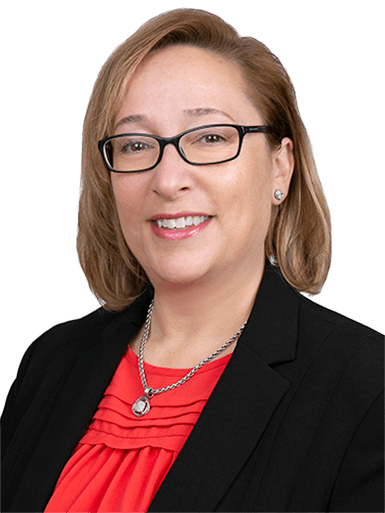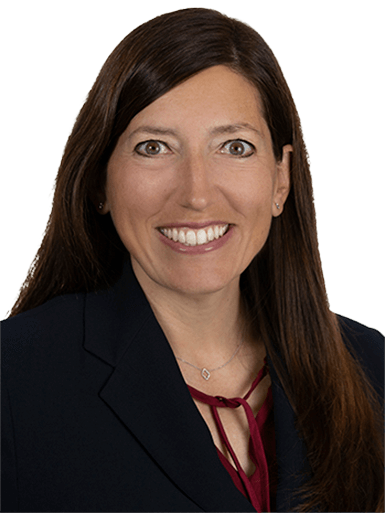How Close Automation Tools Support Smarter Nonprofit Operations
The nonprofit month-end close has become an exercise in endurance—manual checklists, spreadsheet reconciliations, and long hours spent assembling reports under deadlines. For lean finance teams, the process is not only inefficient but difficult to sustain.
Close automation platforms help reduce that burden by bringing structure, consistency, and transparency to the process. These tools organize workpapers, calculate accruals, enter prepaid expenses with audit trails, track recurring journal entries, and centralize documentation for easier review and collaboration. Teams can track tasks, assign roles, monitor status, and access current data without relying on email threads or spreadsheet versions. The result is a more predictable and timely close with fewer errors and less manual effort, shortening the overall process and getting accurate information into decision makers’ hands sooner.
While many ERP systems now offer built-in automation features, they are not always activated or configured to meet the needs of the finance team. Standalone close tools—sometimes layered over the ERP—can fill those gaps or be used to connect multiple systems in organizations with decentralized reporting or hybrid tech stacks.
What to Prioritize
Most nonprofit finance teams already work across multiple platforms—general ledger software, payroll systems, accounts payable, credit cards, donor databases, and grant tracking tools. Close automation software should not replace these systems but bring them together. Look for platforms that offer direct integration, APIs, or scheduled imports. The goal is simple: reduce manual entry, eliminate redundant steps, and give your team access to current data as they work.
The best platforms create shared workspaces where everyone involved in the close can track progress, assign tasks, and collaborate in real time. Instead of relying on scattered checklists and email follow-ups, the process lives in one place—with clear visibility into what’s been completed and what still needs review. That transparency also strengthens audit preparation, board oversight, and staff continuity.
Some platforms allow team members to comment directly within the system, link documents to specific tasks, and route approvals—all without leaving the application. Others incorporate AI to summarize notes, suggest variance explanations, or support audit and process memo preparation. These tools are not replacements for professional judgment. But, when thoughtfully implemented, they may reduce the volume of routine work and help teams move faster without losing control.
Key Features to Look For
- Direct integration with core systems (GL, payroll, AP, credit cards, donor records)
- Shared workspaces for visibility and task tracking
- In-system collaboration tools for comments, uploads, and approvals
- AI features to assist with summaries, variance notes, or process memos
- Role-based access and secure, read-only sharing for auditors
- Dashboards to track close timelines, unresolved items, and key metrics
These priorities are already gaining traction. In feedback following AAFCPAs’ Nonprofit Educational Seminar, 58.5 percent of attendees cited automation of repetitive financial and operational tasks as a key takeaway, and 48.9 percent expressed plans to explore a continuous close approach. The shift is underway. It simply needs the right tools to take hold.
Security features matter, too. Role-based access, audit trails, and secure sharing functions should be a standard feature. Platforms that allow auditors to view schedules or reconciliations in a read-only environment may reduce preparation time and back-and-forth during year-end.
Finally, strong tools support not just process but insight. Dashboards that track time to close, open items, or unresolved approvals give finance leaders real-time visibility into how the process is working and where attention may be needed. For teams reporting to boards or funders, these features help connect daily activity to strategic conversations.
Explore This Topic in Greater Depth
AAFCPAs introduced the benefits of close automation platforms during our Nonprofit Educational Seminar. The conversation includes practical considerations for selecting tools, examples of platform features, and insight into how these systems improve both accuracy and collaboration.
How We Help
Through our Technology & Process Advisory practice, we help nonprofit finance teams identify technology gaps, evaluate tools for compatibility and integration, and guide implementation—whether that means optimizing existing systems or introducing purpose-built automation platforms. Our goal is to support a more sustainable close process that enables real-time decision-making, strengthens internal controls, and advances financial leadership.
AAFCPAs also provides scalable support through our Outsourced Accounting & Fractional CFO practice. We help streamline month-end activities, reduce manual workloads, and enhance internal reporting. Our team integrates with yours, using cloud-based tools and efficient workflows to improve accuracy, increase capacity, and futureproof your finance function.
These insights were contributed by Joyce Ripianzi, CPA, Partner, Nonprofit Outsourced Accounting & Fractional CFO, Amy Staunton, CPA, Director & Consulting CFO, and Lauren M. Duplin, CPA, Partner & Consulting CFO.
Have Questions? Reach out to our authors directly or your AAFCPAs partner to continue the conversation.
Stay informed: Subscribe to receive updates on modernizing your finance function.



